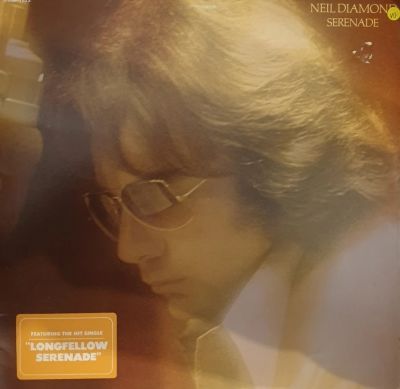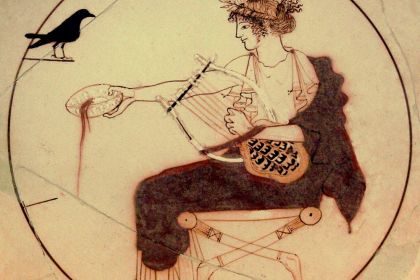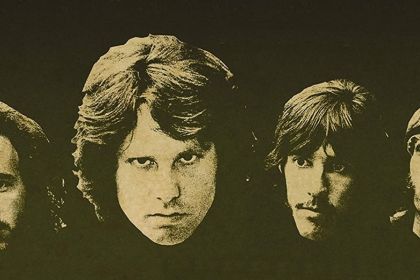SONGWRITER
Longfellow Serenade and the fireside poet that kindled Neil Diamond's song

Longfellow Serenade LP cover
Longfellow Serenade is a notable 1974 hit released by Neil Diamond, a prolific American songwriter who sold more than 100 million records worldwide, making him one of the best-selling musicians of all time. His career peaked during the 1960s and 1970s, with the interest in his songs gradually fading away only to be revived again in the 1990s following the success of Quentin Tarantino's film Pulp Fiction that featured a cover of Diamond's song Girl, You'll Be a Woman Soon.
Longfellow Serenade references Henry Wadsworth Longfellow, a 19th-century American educator who was a member of an influential group of writers known as the fireside poets.
According to Neil Diamond, the song was inspired by a romantic episode from his youth when he used one of Longfellow's poems to seduce an older woman. The work in question was likely a poem titled Serenade from Longfellow's play The Spanish Student.
Serenade opens with a stanza:
Stars of the summer night!
Far in yon azure deeps,
Hide, hide your golden light!
She sleeps!
My lady sleeps!
Sleeps!
Listen to Longfellow Serenade by Neil Diamond:
Compositionally, Longfellow Serenade uses a very simple technique of combining the three primary major chords of the Ionian mode.
In the harmonic analysis of the verses chord chains, the scale degrees (denoted with Roman numerals) show the following two-chord alternation in the key of E major: E–A–E or I–IV–I. In theory, the IV–I harmonic turnaround of two chords—rooted in the fourth and first scale degrees—is referred to as plagal cadence. In the verse's last line, the harmony is refreshed by the E–B7 half authentic cadence involving the V7 dominant seventh chord rooted in the fifth scale degree, which is the typical way of closing an antecedent phrase in classical music.
In the chorus, the harmonic progression revolves around the same major chords, with the dominant fifth scale degree chord appearing multiple times.
A very laconic song intro is then repeated after the first chorus, somewhat diversifying the straightforward song harmony as it contains a chord progression in the E Mixolydian mode: E–D–A–E–A–E or I–VII–IV–I–IV–I. Note that the chord chain contains all three major chords rooted in the first, fourth, and seventh degrees of the Mixolydian scale.
Learn more about the structure of these diatonic musical modes explained through the harmonic analysis of popular songs in the following articles:
- 6 songs to unpack Ionian mode and the major scale
- 9 Beatles songs that combine harmonic major with Ionian mode
- Pachelbel's Canon: the harmonic sequence that flooded pop music
- Reelin' In the Years: the tandem of effective lyrics and one of the best guitar solos of all time
- Cum On Feel the Noize: Slade's instant hit recipe
- D'yer Mak'er: meaning of Led Zeppelin's most controversial song
- Mariposa Traicionera: meaning and flamenco roots of Maná's top hit
- Sugaree: Jerry Garcia's song referencing his lyricist's criminal past
- 7 songs featuring Mixolydian mode
- Mixolydian mode in The Doors songs
- The Bells of Rhymney: two major modal modes of famous protest song
- Seven Seas of Rhye: song of imaginary land brought to life by Ionian and Mixolydian mode



